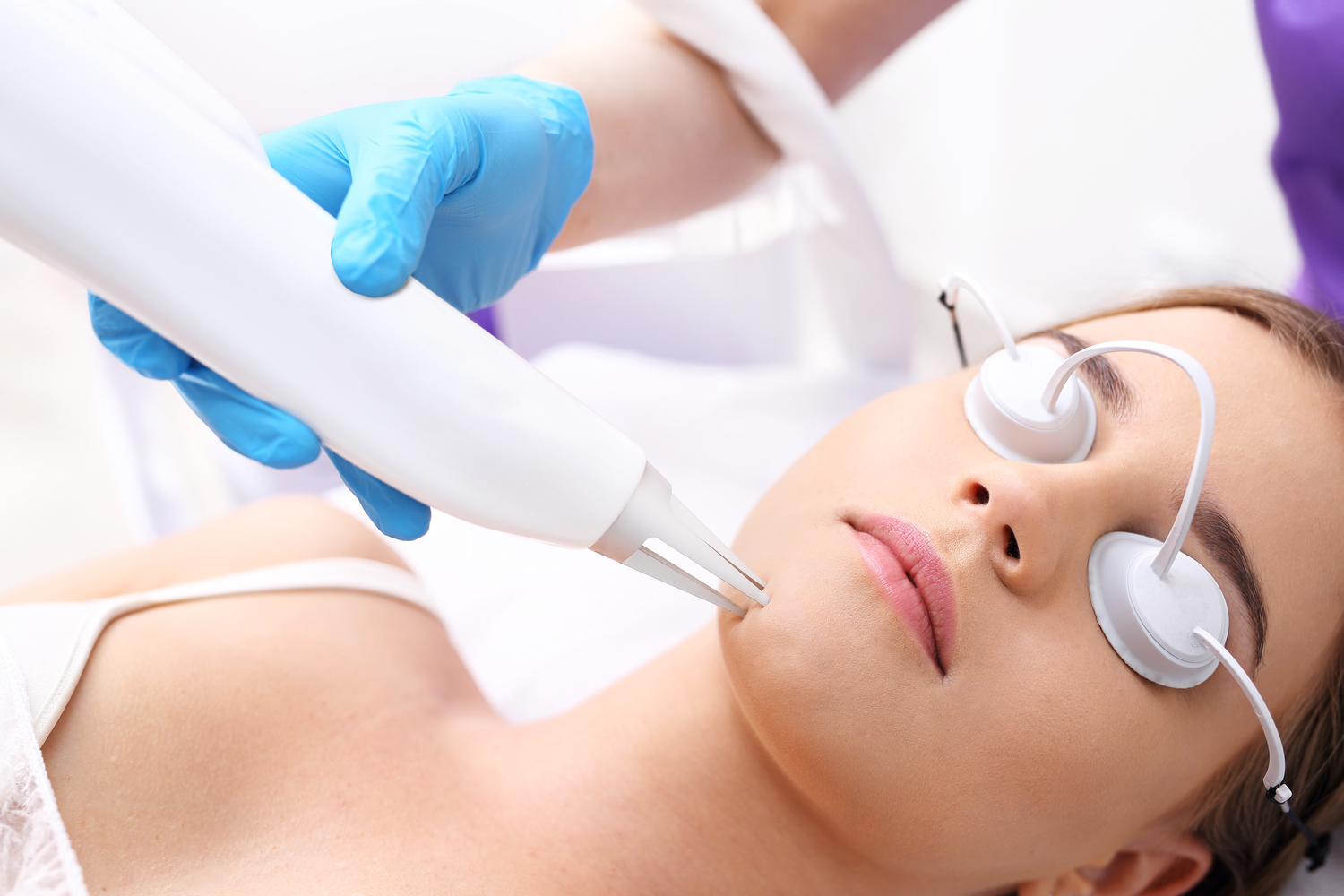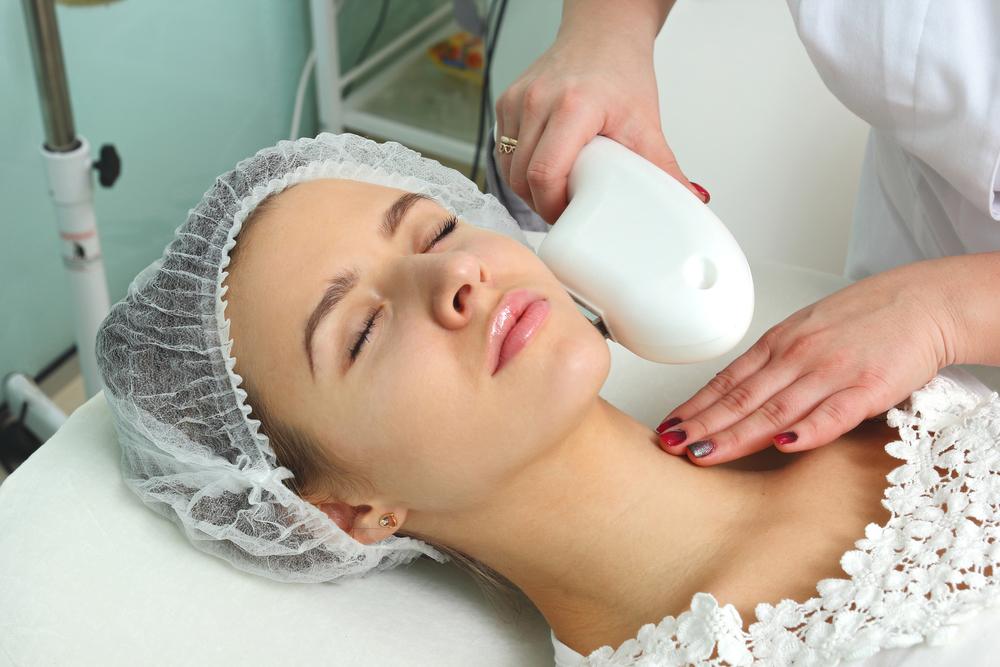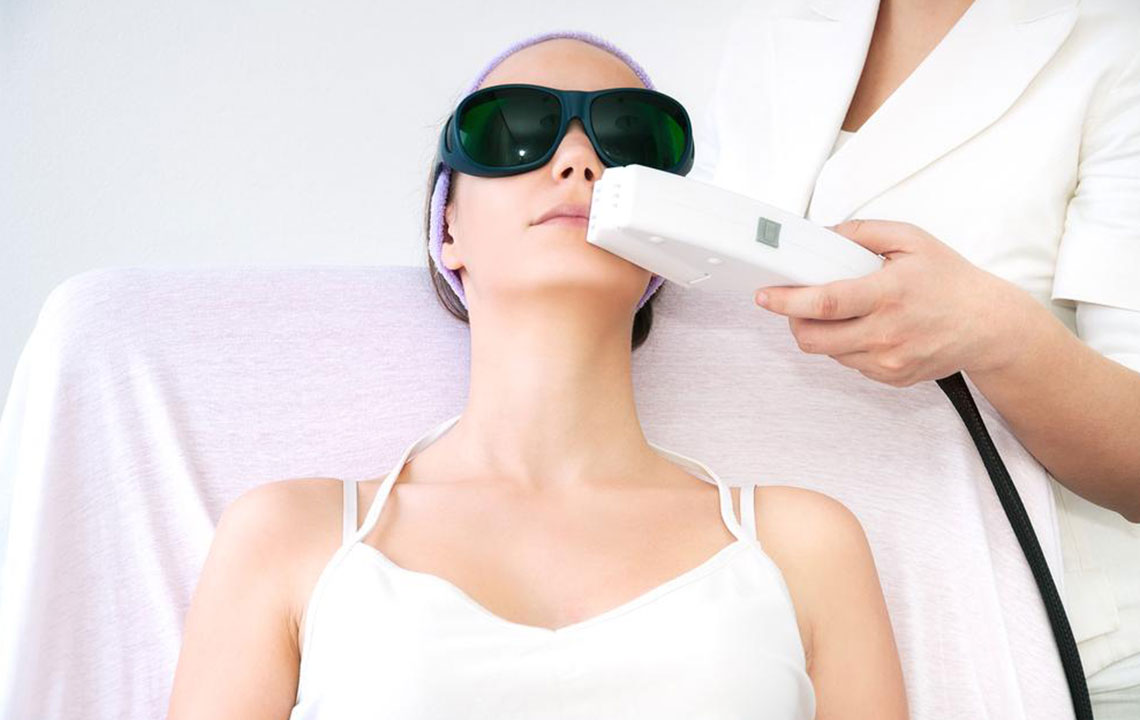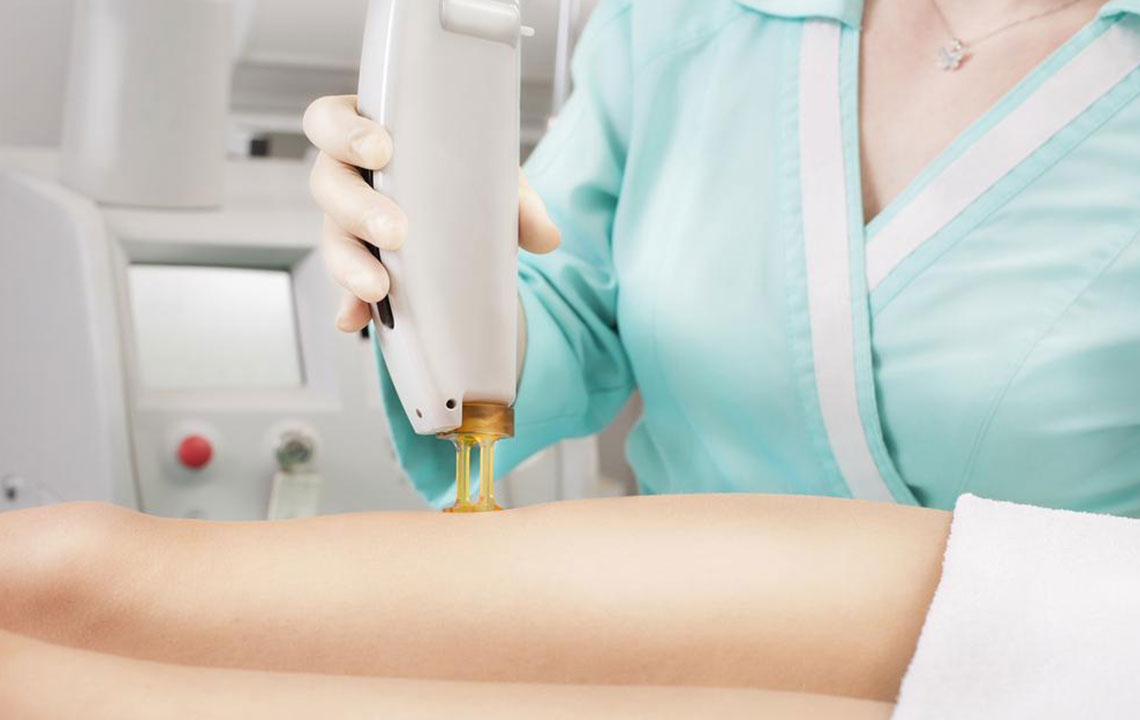Comprehensive Guide to Facial Hair Removal Techniques for Women
This comprehensive guide explores various facial hair removal techniques for women, including temporary and permanent options like waxing, threading, creams, tweezing, laser, and IPL treatments. It offers detailed insights into each method's safety, effectiveness, and suitability for sensitive skin, helping women make informed choices. Whether seeking quick fixes or long-term solutions, women can find expert advice tailored to their skin type and preferences in this detailed overview of facial hair removal options.

Explore the Most Effective Facial Hair Removal Methods for Women
Facial hair can be a persistent challenge for many women, impacting their self-confidence and overall appearance. While facial hair growth is natural, unwanted or excessive hair in delicate areas such as the upper lip, chin, or cheeks often prompts women to seek safe and effective removal solutions. The process of removing facial hair can sometimes be uncomfortable or even painful, leading to confusion about which methods are safest, most efficient, and suitable for different skin types. This detailed guide aims to provide women with comprehensive information on popular facial hair removal techniques, enabling informed choices tailored to individual needs.
Understanding Facial Hair Removal Options
Facial hair removal methods can target hair either from the root, offering longer-lasting results, or from the surface for quick fixes.
Permanent hair removal techniques, such as laser therapy and Intense Pulsed Light (IPL) treatments, work by destroying hair follicles at the root, preventing regrowth.
Waxing, which involves applying hot or cold wax, grips hair close to the follicle and pulls it out, providing a semi-permanent solution.
Manual plucking with tweezers is a precise method to remove individual hairs but can be tedious for larger areas.
Temporary options primarily focus on surface-level removal, including shaving, threading, and depilatory creams, offering quick but short-term results.
Laser and IPL Hair Removal: Which Is Better for You?
Intense Pulsed Light (IPL) uses broad-spectrum visible light to heat and damage hair follicles, inhibiting future growth.
Laser hair removal employs concentrated laser beams that target specific pigment within the hair follicle, leading to follicle destruction.
Both methods are highly effective, with the choice depending largely on personal preference, skin type, and hair color.
It is important to note that both treatments should be avoided around sensitive areas like eyebrows; they are considered safe for areas such as the upper lips and chin when performed professionally.
Waxing for Sensitive Skin: Is It Suitable?
Waxing pulls hair from the root and can significantly reduce hair regrowth over time, but it may pose challenges for sensitive skin types.
The heat and pulling action can cause irritation, redness, small boils, or pimples, which can be painful and sometimes infected if not cared for properly.
Sensitive skin individuals should be cautious and may prefer gentler alternatives or professional waxing with pre- and post-treatment care.
Are Hair Removal Creams Safe for Delicate or Acne-Prone Skin?
Hair removal creams, also known as depilatories, provide quick and painless surface hair removal, making them popular among women.
These creams contain chemicals that dissolve hair at the skin's surface but can sometimes irritate sensitive skin or worsen acne if not used carefully.
It is advisable to use creams formulated specifically for facial use, which are milder and less likely to cause irritation.
Always perform a patch test at least 24 hours before full application to check for allergic reactions or skin sensitivity.
Tweezing with Tweezers: Is It a Safe and Effective Choice?
Tweezing is a precise method often used for shaping eyebrows or removing stray hairs from the face, pulling hair directly from the follicle.
This method is generally safe for most skin types when performed correctly.
For sensitive skin, tweezing can sometimes cause small bumps, redness, or irritation.
Applying an ice cube immediately after tweezing can help soothe the skin and reduce swelling.
Using Razors for Facial Hair: Pros and Cons
Shaving with razors is a quick, inexpensive, and convenient method often used as an emergency fix or by men for facial hair grooming.
For women, shaving can be effective for short-term removal but needs careful technique to avoid cuts, razor burn, and irritation.
To minimize skin irritation, moisten the skin thoroughly, use shaving cream or foam, and avoid multiple passes over the same area.
While not a permanent solution, shaving is practical when performed correctly and with suitable tools.
In conclusion, women have access to a variety of facial hair removal options, each with its own benefits and drawbacks. Choosing the right method depends on individual skin sensitivity, hair type, desired longevity of results, and personal comfort. Consulting a dermatologist or a professional aesthetician can help determine the most suitable approach, especially for those with sensitive or problematic skin. Whether opting for temporary fixes like shaving and creams or investing in longer-lasting treatments like laser or IPL, understanding the nuances of each method ensures effective and safe facial hair removal tailored to women’s specific needs.





